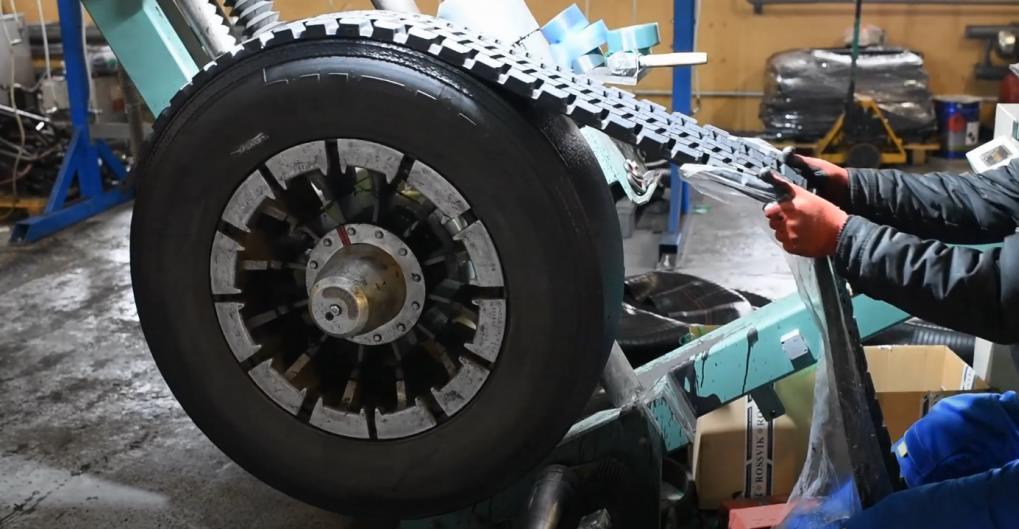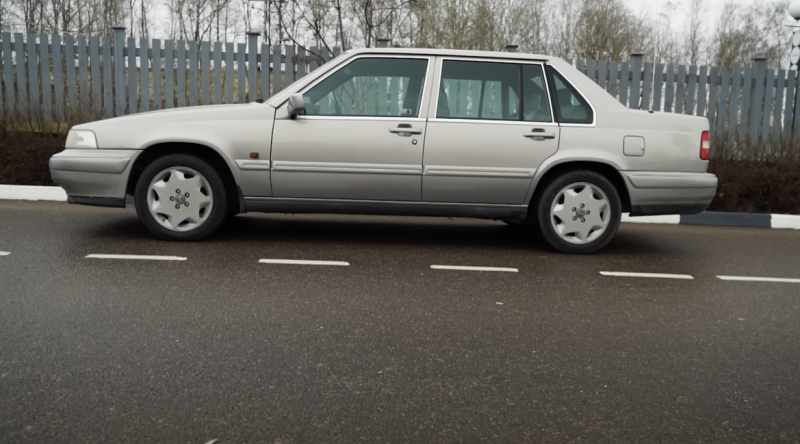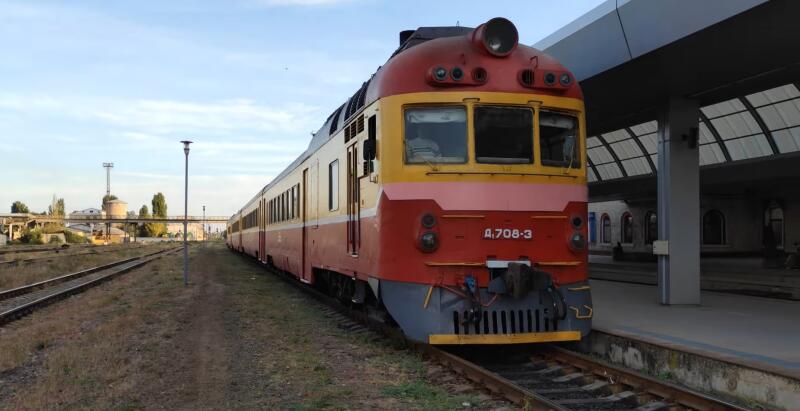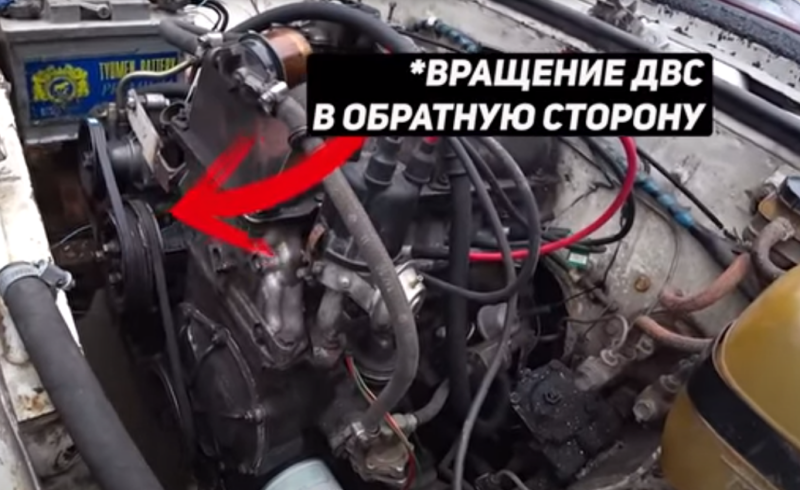It is especially difficult for owners of heavy commercial vehicles, large SUVs and premium models of cars. Sometimes buying a set of wheels for the same Mercedes in 221 body is more expensive than a good used foreign car from the beginning of the first decade of the 2000s.
But there is one way to save a decent amount - tire welding. This process, long used by some truck owners, is retreading. No, this is not cutting old rubber, but a different technology. We will tell you about it in detail today.
Why do they do welding at all?
If you disassemble the design of a standard car tire, you can understand that it consists of a carcass and an outer rubber layer. During operation, only the protector wears out. The frame itself and the side surfaces, as a rule, remain intact.
 Without an autoclave, it is impossible to restore tires with high quality. Photo: Youtube.com
Without an autoclave, it is impossible to restore tires with high quality. Photo: Youtube.comOf course, we are not talking about ten-year-old tires, where the rubber is already cracking on its own. It is desirable to repair wheels that are 2-3 years old.
Professional tire welding is a complex process that is not available in a garage. Although, this does not stop some "specialists", and they perform the procedure without the use of professional equipment.
A tire repaired in this way will be simply dangerous to operate.
Welding, made in accordance with all the rules, allows you to completely restore the life of the tire, in some cases, it can even last longer.
Which car tires are most commonly welded on and why?
As mentioned above, the process of restoring "bald" rubber is usually used for trucks. It is not difficult to explain this, it is enough to see the price for one tire for the same truck. How many wheels are there? 12 pieces, or even 16?
 This is how the wheels restored by the cold method look like. Photo: Youtube.com
This is how the wheels restored by the cold method look like. Photo: Youtube.comBy welding tires, you can save an average of about 40% of the cost of new tires. And if this is some kind of specialized equipment, then there the difference can be 2-3 times greater!
Firms that have been engaged in tire welding for a long time use high-quality equipment and expensive materials in the process. Due to this, it is possible not only to restore the wheel, but also to increase its service life compared to a new one.
This is explained simply - the welded layer is glued to the old rubber, due to which the thickness increases.
Truck tires are always stiffer, so they can be retreaded multiple times.
As for working with passenger tires, it is easier and cheaper to purchase new tires for common sizes. With expensive wheels that have to be ordered from abroad, it makes sense to mess around, making welding. But passenger tires are not so wear-resistant, so experts recommend restoring it only once.
Advantages and disadvantages of the method
What is attractive about the tire welding process?
Main advantages:
- ? The ability to restore any rubber, even the rarest
- ? Truck tires can be processed up to three times in a row
- ? The product becomes more resourceful than new
- ? Saving a significant amount if you weld a whole set for the "road train"
In any case, you need to understand that rubber can only be restored in tires that are no more than 5 years old from the date of issue. It turns out that the process is relevant in cases with large annual runs.
The disadvantages of the method are mainly the distrust of the owners to unfamiliar repair methods. Impressions are intensified due to the large number of "merchants" who are trying to make money on welding, but doing everything in artisanal conditions.
 Professional equipment is expensive. Photo: Youtube.com
Professional equipment is expensive. Photo: Youtube.comAfter such work, the tire only looks new on the outside, but it is dangerous to ride on it. It is not uncommon for the glued layer to fall off during movement.
If you decide to retread tires, you need to contact only professionals who work in compliance with all technologies.
Cold and hot methods
To be sure of the quality of work, you need to know the features of the tire welding process yourself. Traditionally, methods are divided into cold and hot.
The first way is to restore tires that are in good condition inside and out. The tire must not have cuts, tears or other serious damage. Otherwise, there is no point in restoring the bus.
If the craftsmen take up the repair of a damaged wheel with cuts using cold methods, this indicates their unprofessionalism. Firms that value their reputation will not work with such a tire.
 Before starting work on the tire, it must be checked for serious damage. Photo: Youtube.com
Before starting work on the tire, it must be checked for serious damage. Photo: Youtube.comIf there is no damage, the old protector is removed. Having placed the tire in a special device, it is pumped up with air and the outer layer of rubber is removed.
The next process is roughening. It takes place on a machine, resembling a lathe, only the tire acts as a workpiece. The main task is to give the carcass a shape and surface that is ideal for sticking a new tread.
During roughening, damage can be seen. This rarely happens, but if something critical is suddenly discovered, further work is not advisable.
Next, liquid rubber is applied to the surface, the task of which is to repair all cracks and minor damage, plus preparation for gluing the tread. His drawing is selected in accordance with the wishes of the client. After applying liquid rubber, a tape of the same material is applied to the frame, the task of which is to become a shock absorber.
The protector is glued, the base is primed before that. When the process is completed, it remains to inflate the tire and cut off the excess rubber protruding beyond the edges.
 The more thoroughly the surface is prepared, the more reliable the final result will be. Photo: Youtube.com
The more thoroughly the surface is prepared, the more reliable the final result will be. Photo: Youtube.comThe final stage is vulcanization. During the process, a special autoclave must be used, in which, under high pressure, the tire carcass is bonded to the new tread. Before vulcanization, the wheel is placed in an “envelope” consisting of two chambers, from which air is pumped out.
At the end, the finished product is diagnosed. Typically, companies issue a guarantee for 100 km.
The hot tire extension method is rarely used. This is a high-tech production, available only at serious enterprises. The equipment is very expensive, and the process itself is practically no different from making new tires.
A thick layer of raw rubber is applied to the prepared carcass from all sides, and then a protector is formed during vulcanization using a mold at a temperature of 180 degrees Celsius.
Of course, when using the hot welding method, tires turn out better, but the method is too expensive - for many companies, the purchase of specialized equipment is not affordable. And the cost for the end user will be such that it is easier to buy new tires.
Where to go and how much does it cost?
It is not difficult to find a company that provides tire welding services - just enter your region or city and the phrase you are looking for in the search engine.
The cost of restoration for size R22.5 is from 10 to 000 rubles. This is the price for the Moscow region from the PC "Champion" company. Some companies, such as RK-RAIFEN, offer both a service and the purchase of an already retreaded tire. In the latter case, you will have to pay extra from 16 to 000 rubles.
Tire welding is a way to save money for drivers of trucks and special vehicles. But you need to contact only professionals, otherwise everything can end in an accident.










